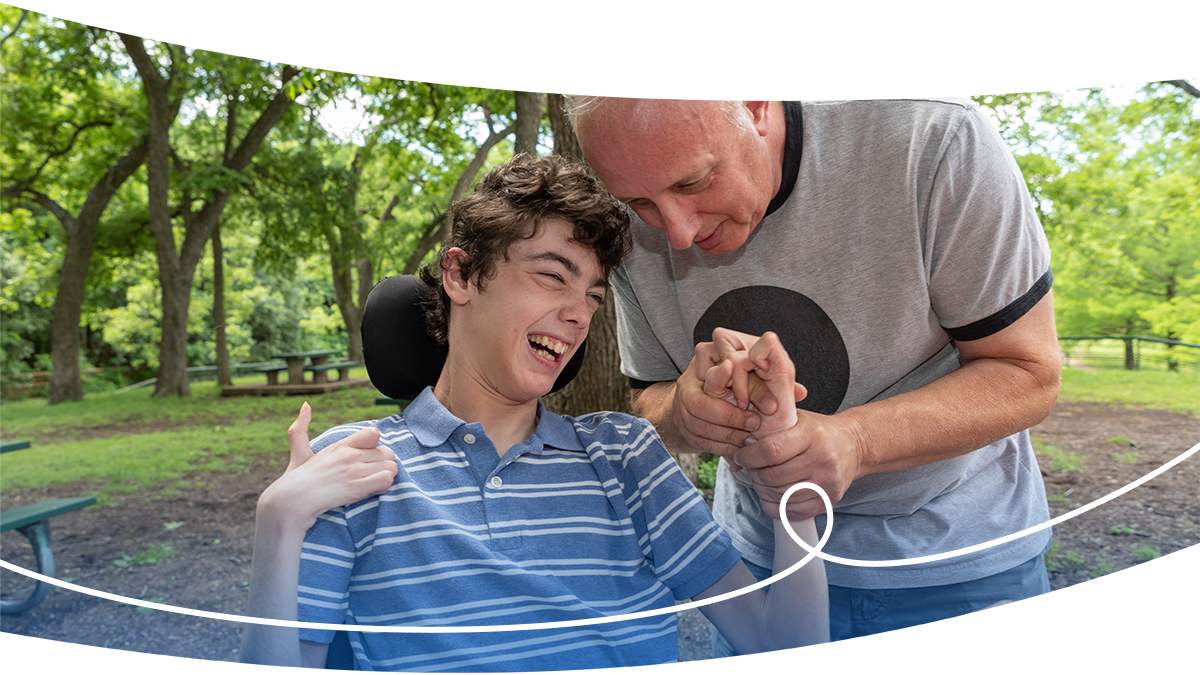
October 30, 2023 | By: Cindi Paschall
Categories: Transition to Adulthood
Thinking about the transition from childhood to adult life can be scary. Most people fear the unknown. Parents of children with disabilities often have increased fears when they think about the future of their children.
Parents often ask themselves questions like: Where will my child live, learn, work and spend leisure time? What support is needed for their success? How will their support be funded? What about their medical support needs? What will happen to my child when I am gone?
This is a lot to think about and plan for, and there’s only so much time in a day, week or year to do it. For these reasons, we cannot let fear stop us.
It has been said that the best way to deal with fear is to face it. Parents of children with disabilities must put more time and energy into planning for the future than parents of children without disabilities. They also need to start planning earlier.
By creating a vision, you bring the future into the present so you can do something about it now. The lack of a clear vision may lead you to settle for whatever happens or what others have done before you. A well-defined vision is built on individual strengths, preferences, interests and needs (SPIN). This vision leads to a meaningful life defined by your child.
The sooner you start planning, the better! There are many new things to learn about and decisions to be made. There are also tools to help you. The more time you have, the less overwhelmed you may become.
Every decision made now will have an impact on you and your child’s future. Your vision is your guide – your “why.” Every decision made will either move you closer to the vision or move you away from it. You will want to embrace the decisions that move you closer and avoid decisions that move you in the opposite direction.
Your vision is also something that should be reviewed frequently. Your vision should be a living, breathing document. As children grow into their own, they may not share your vision. This is common for children with and without disabilities. Follow their lead. Step outside of your comfort zone and embrace risks.
Here are another parent’s ideas for planning the future, including information about guardianship, person-centered planning and transition to adulthood.

A few years before my son George graduated from high school, our family discovered a Special Olympics program called FUNdamental Sports.
Categories: Family Support, Transition to Adulthood

A transition program helps young adults with disabilities move from high school to adult life. Here are some key topics and questions I wish I had asked about transition programs.
Categories: Transition to Adulthood

The last time my son was in the hospital, it was a children’s hospital. But recently, after he fell out of bed and broke his leg, he was taken to an adult hospital and needed surgery. I’m forever grateful to the doctors and nurses caring for him through it all.
Categories: Diagnosis & Health Care, Transition to Adulthood